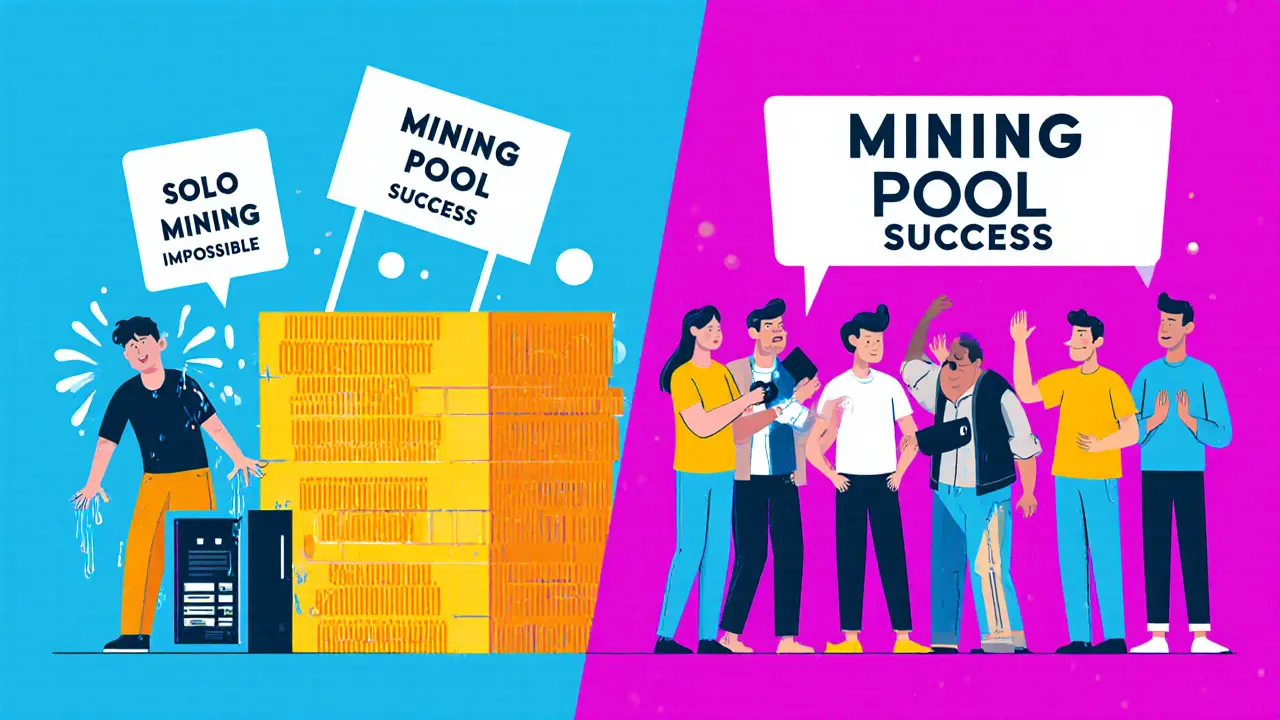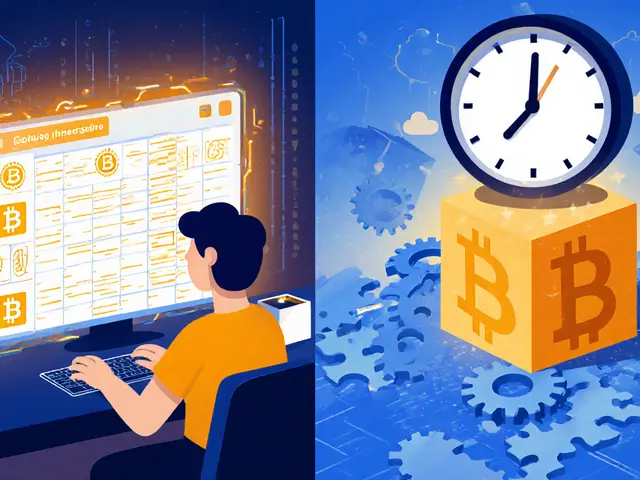Cryptocurrency Mining: Basics, Hardware, and Rules
When talking about cryptocurrency mining, the process of validating transactions and adding new blocks to a blockchain in exchange for rewards. It’s also called crypto mining. This activity relies heavily on mining hardware, specialized machines like ASICs and GPUs that perform the required calculations, draws significant energy consumption, electric power needed to run and cool the devices, and operates within a complex regulatory environment, laws and tax rules that differ by country and can affect profitability. In short, cryptocurrency mining encompasses hardware, requires power, and is influenced by regulation.
Choosing the right hardware is the first step to a successful mining operation. ASIC miners dominate Bitcoin mining because they offer the highest hash rate per watt, while GPUs are popular for altcoins that use memory‑intensive algorithms. The initial cost, lifespan, and serviceability of each device shape the break‑even point. Many miners compare ROI using metrics like hash‑per‑dollar and electricity‑per‑hash. Upgrading to newer models can shave off a few cents per kilowatt‑hour, which adds up fast when you’re running dozens of rigs.
Power usage isn’t just a bill; it’s a strategic decision. Regions with cheap, renewable energy—such as hydropower in certain provinces or wind in coastal areas—attract large farms because they lower operating costs and reduce carbon footprints. However, some governments, like India, are tightening rules around mining power draws, imposing taxes and licensing requirements. Understanding local energy tariffs and potential subsidies helps you avoid surprise expenses and stay compliant.
Profitability hinges on market dynamics, mining pool fees, and tax obligations. When Bitcoin’s price climbs, mining margins improve, but network difficulty may also rise, squeezing returns. Miners often diversify across coins, join pools to smooth earnings, and use software bots to switch algorithms when profitability shifts. Keeping track of regulatory updates—like new AML rules or mining bans—ensures you can adapt quickly. Below, you’ll find curated guides, reviews, and deep‑dive analyses that break down each of these aspects, giving you the practical insights you need to navigate the fast‑moving world of cryptocurrency mining.







